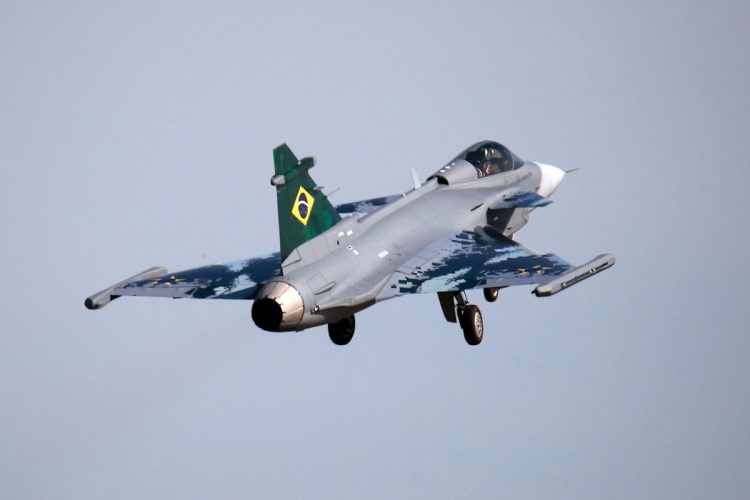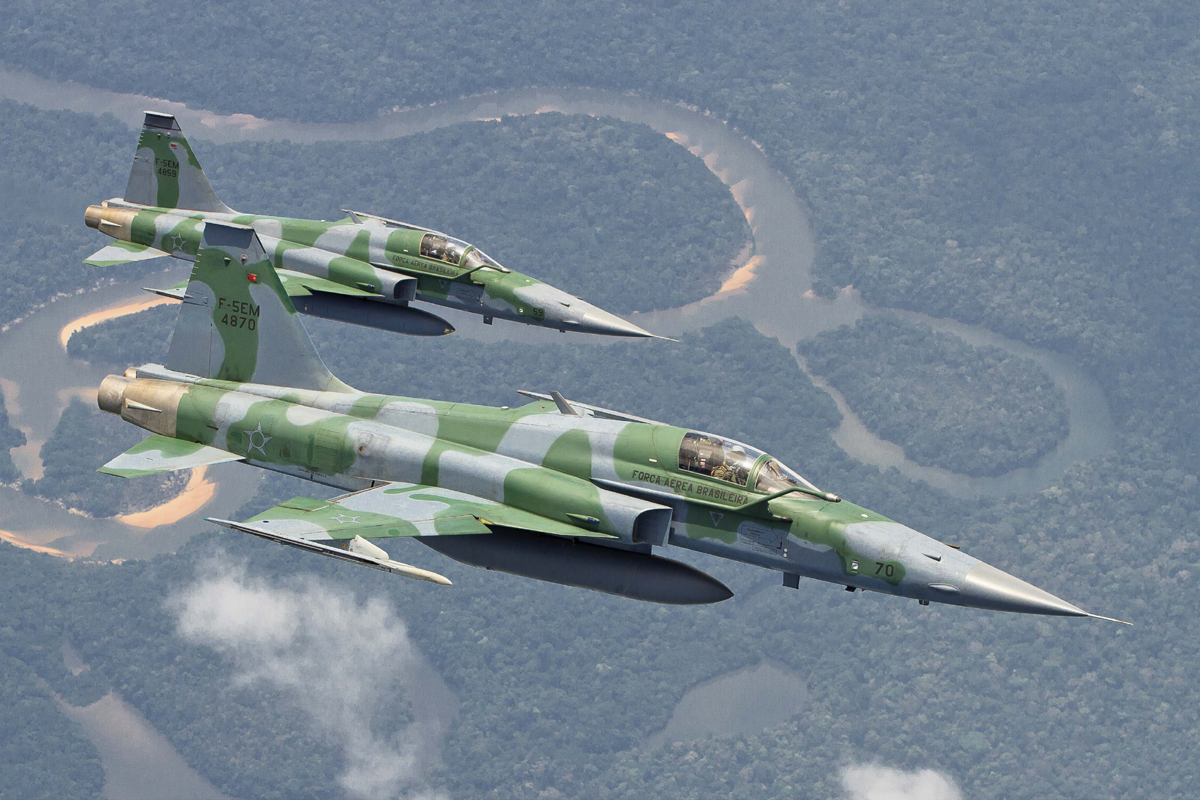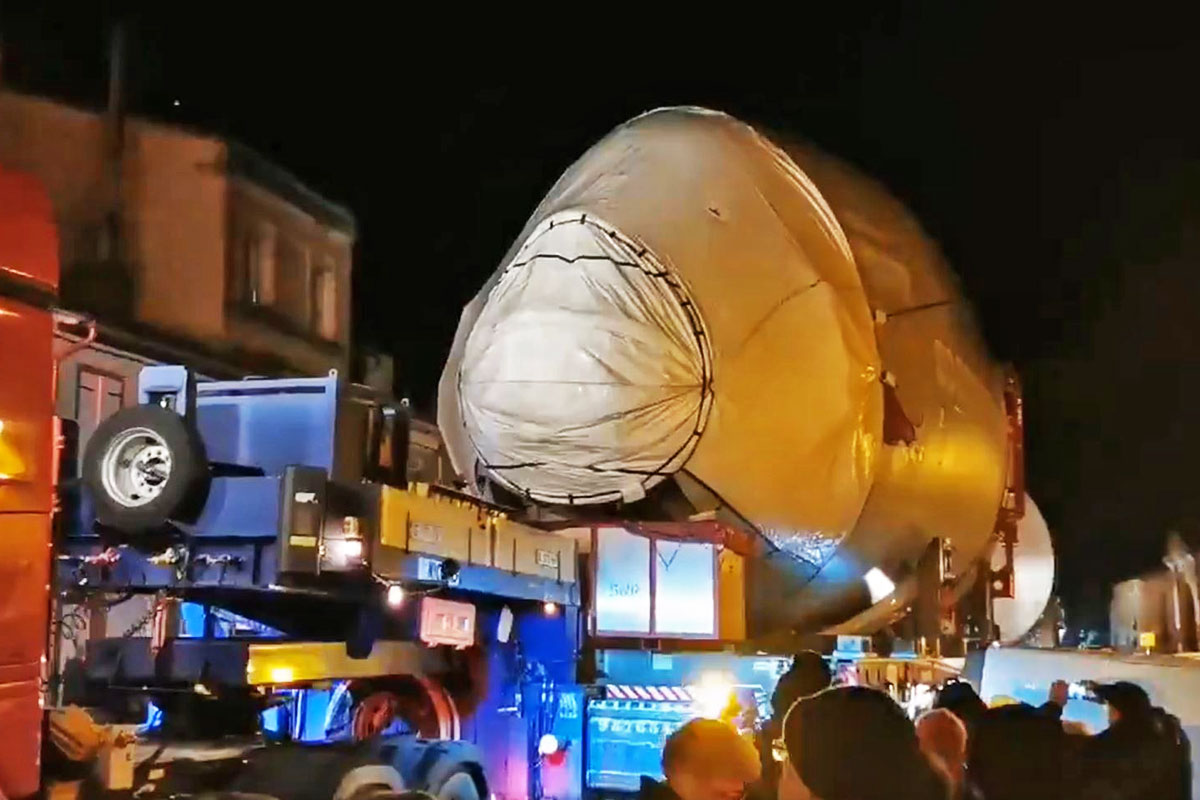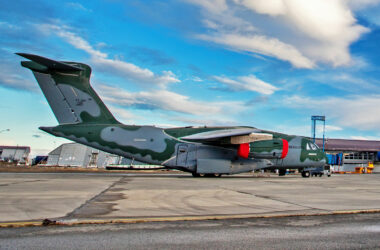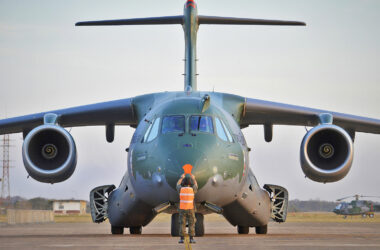The Brazilian Air Force (FAB) eagerly awaits the arrival of the F-39, as the Saab Gripen E was named, a modern combat fighter that 36 units ordered in the past decade and whose first unit will be delivered in 2021. In the meantime, the mission of air defense in Brazil falls to the Northrop F-5 Tiger II, which has just completed 45 years in operation.
It was on February 28, 1975, that the FAB received the first three two-seat F-5Bs in Palmade, California, where Northrop (now associated with Grumman) was located. These planes were part of an order for 42 fighters, 36 of the F-5E monoplace version and the rest of the training model.
At the time, Brazil was modernizing its fighter squadrons, having retired the Gloster F-8 Meteor the previous year and the Lockheed F-80 in 1973. A year earlier, the first Dassault Mirage III, from an order for 17 aircraft that would be the main vectors of air defense and the first supersonic fighters in use at the FAB.
Therefore, the F-5s would have a more versatile function, being distributed by squadrons in the southernmost regions of Brazil. In 1988, the Air Force purchased 22 used fighters from the United States, including four F-5Fs, the most advanced biplace version of the jet. Twenty years later, a further strengthening of the fleet was carried out when 11 aircraft were purchased from Jordan.
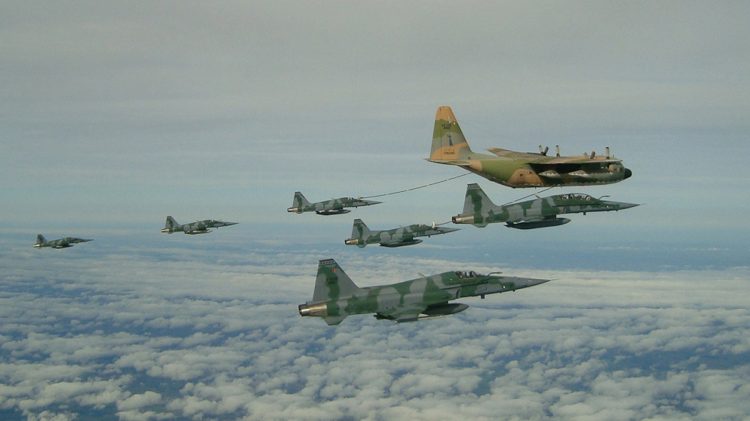
In the meantime, the Mirage III ended up retired and hurriedly replaced by 12 used Mirage 2000s from the French Air Force. Interestingly, these aircraft were close to the flight hours limit and ended up being retired from service in 2013.
Since then, the F-5 Tiger has been solely responsible for Brazil’s air defense, a mission that has never been its strong point. Of light weight, but of great agility, the supersonic jet of Northrop is still very much admired by its pilots, however, it already shows the sign of old age.
Brazil also undertook a modernization program on 43 fighters that passed the F-5M standard with new avionics and armaments. And even with the introduction of the Gripen, the remaining F-5 fighters are still expected to remain in service for another ten years, a testament to the incredible longevity of the Northrop aircraft.
